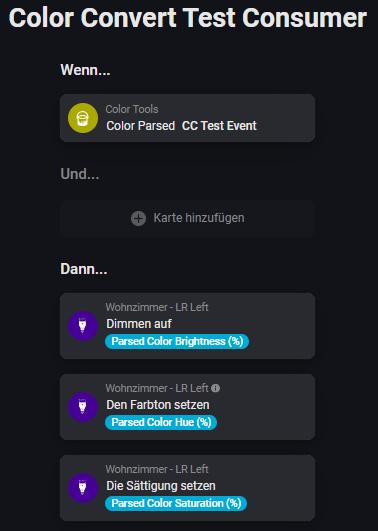Related topics
| Topic | Replies | Views | Activity | |
|---|---|---|---|---|
| [APP][Pro] Circadian Lighting | 80 | 5508 | January 17, 2026 | |
| LED-Stripes - gesetzte Farbe,Farbtemp usw ermitteln? | 3 | 99 | July 10, 2025 | |
| Lichtfarbe (warmweiß/kaltweiß) im Tagesverlauf anpassen | 4 | 788 | May 23, 2022 | |
| Light - selected color values | 8 | 946 | November 17, 2021 | |
| DIY circadian rhythm based lighting | 45 | 9120 | May 2, 2022 |

